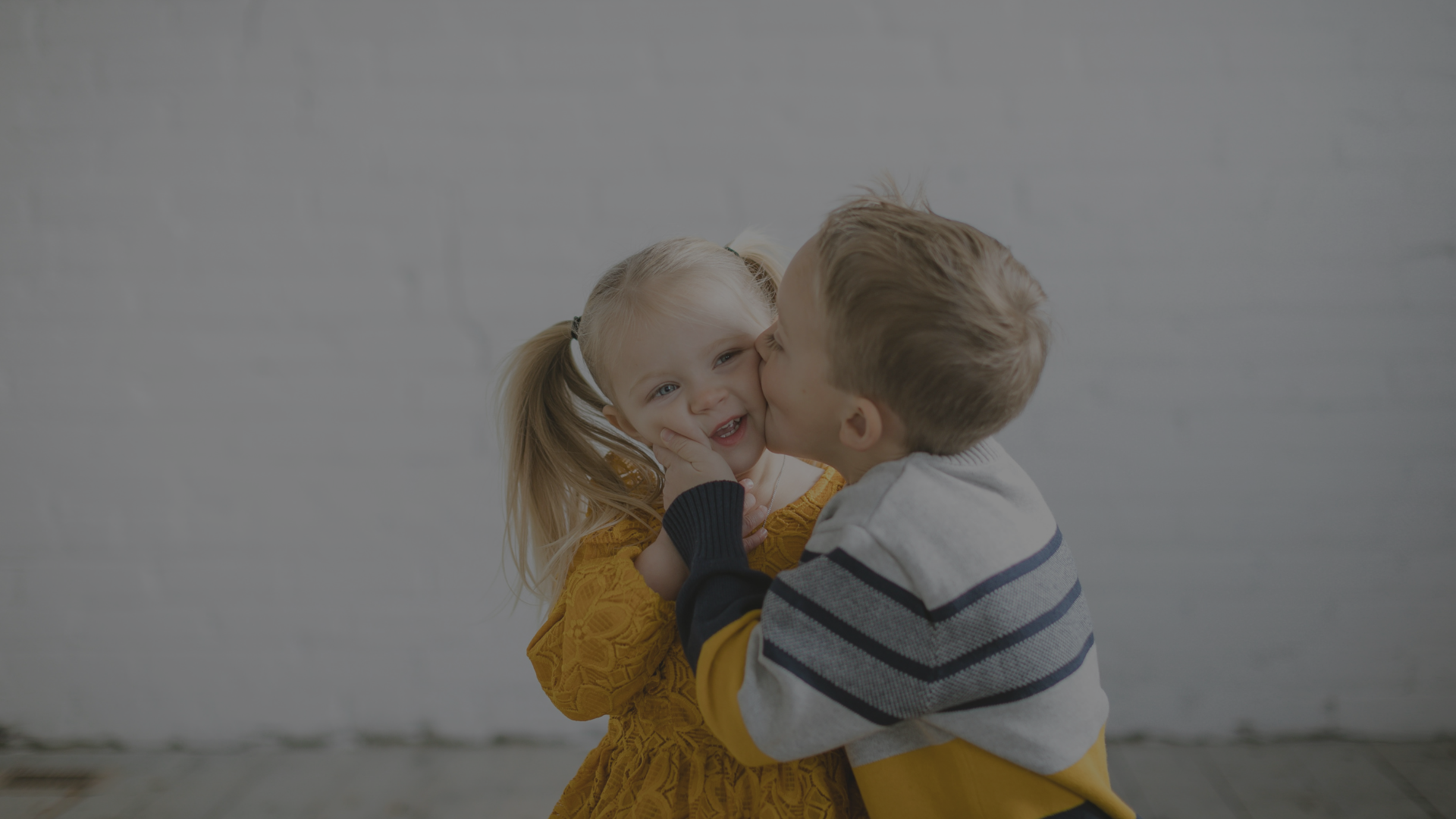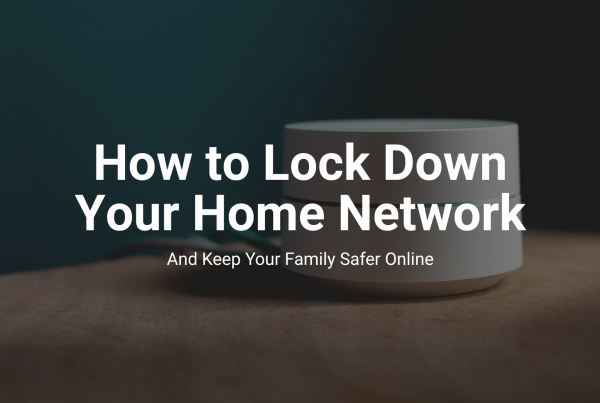Authors: Dr. Abbie Maroño
Published: November 3, 2025
Why do some people help others out of genuine concern, while others do it for show? The difference may have less to do with personal values and more to do with childhood experiences. Parenting plays a crucial role in shaping prosocial behavior, not just by encouraging kindness but by influencing the motivations behind it.
For decades, research has shown that children develop prosocial behaviors, voluntary acts that benefit others, through both socialization and emotional development. But what is often overlooked is the role of moral emotions, particularly guilt and shame, in determining whether kindness is truly selfless or driven by the need for external approval. Parents, through their support or control, unconsciously influence which of these emotions becomes dominant, ultimately shaping the way their children engage with others.
Parenting Styles and Prosocial Development
Parenting styles do not just dictate discipline, they sculpt the way children process emotions and engage in social relationships. Two major parenting dimensions, supportive parenting and psychological control, have been found to significantly influence prosocial tendencies.
Supportive parenting is characterized by warmth, responsiveness, and guidance. Parents who adopt this approach encourage open discussions about emotions, provide a sense of security, and model prosocial behaviors themselves. Studies show that children raised in supportive environments are more likely to internalize moral values and engage in altruistic prosocial behaviors—acts of kindness done for the sake of helping, rather than for personal gain. Psychological control, on the other hand, involves manipulation, excessive criticism, and conditional affection. Parents who use guilt induction, love withdrawal, or shaming tactics create an environment where children feel pressure to conform out of fear rather than genuine concern for others. This style of parenting has been linked to public prosocial behavior, helping others primarily for external validation, such as social recognition or status enhancement.
What drives these two distinct paths? The answer lies in the emotions that arise from different parental interactions—guilt and shame.
Moral Emotions
Guilt and shame are often lumped together, but they function in fundamentally different ways. Research in moral psychology has established that guilt is action-oriented, whereas shame is self-focused.
Guilt arises when people recognize that their actions have harmed someone or violated their own moral standards. It leads to corrective behavior, making amends, apologizing, and striving to do better in the future. Children who experience guilt in response to wrongdoing are more likely to engage in altruistic prosocial behavior, helping others because they genuinely care, rather than to improve their social image. Shame, on the other hand, is tied to a person’s sense of self. Rather than feeling bad about an action, a person experiencing shame feels fundamentally flawed. This often results in defensive strategies such as avoidance, aggression, or engaging in acts of kindness to restore public perception. When shame is dominant, prosocial behaviors tend to be performative, children help others not out of empathy, but to escape feelings of inadequacy and gain approval from others.
The way parents communicate expectations, discipline mistakes, and provide emotional feedback largely determines whether guilt or shame becomes the primary moral emotion in their children’s lives.
The Long-Term Impact
Emerging adulthood (ages 18 to 25) is a critical period for moral development. During this time, young adults begin making independent decisions about how they treat others, often without parental supervision. Their ability to engage in genuine, selfless prosocial behavior is largely shaped by the emotional patterns ingrained in them during childhood. Indeed, research has shown that college students who were prone to guilt were more likely to engage in helping behaviors even when no one was watching. Meanwhile, those who were more shame-prone tended to engage in public displays of generosity, actions designed to maintain social status or avoid disapproval rather than to truly assist others.
This distinction matters because altruistic prosocial behavior is linked to long-term well-being, deeper relationships, and stronger community bonds, while public prosocial behavior can lead to conditional relationships, burnout, and resentment when recognition is not given.
What Can Parents Do?
If the goal is to raise children who help others out of genuine compassion rather than for validation, parents must be mindful of how they shape their children’s moral emotions. Research suggests several effective strategies:
- Encourage open discussions about emotions. Instead of using guilt trips or shame-based discipline, parents can help children recognize mistakes and make amends without attacking their character.
- Model true altruism. Children learn best by example. Parents who engage in acts of kindness without expecting anything in return set a powerful example.
- Praise effort and empathy, not just outcomes. Rather than rewarding children solely for acts of generosity, parents can highlight the thoughtfulness behind the action, reinforcing intrinsic motivation rather than external validation.
- Avoid excessive criticism or withdrawal of love. Psychological control has long-term negative effects on a child’s self-perception, making them more likely to rely on approval-seeking behaviors in adulthood.
By fostering guilt in a healthy way, one that is action-focused rather than self-condemning, parents can help their children develop authentic prosocial tendencies that are driven by empathy rather than fear.
Not all kindness is created equal. Some acts of generosity stem from genuine concern, while others are merely performances meant to win approval. The difference often traces back to childhood and the way parents shape their children’s emotions. Supporting children emotionally, allowing them to take responsibility for their actions without feeling fundamentally flawed, and modeling true altruism can lead to prosocial behaviors that are both meaningful and lasting. If we want a world where people help because they care, not just because they want to be seen, it starts at home.
References
Carlo, G., & de Guzman, M. R. T. (2009). The development of prosocial behavior in Mexican American youth: A cultural perspective. In F. A. Villarruel, G. Carlo, J. M. Grau, M. Azmitia, N. J. Cabrera, & T. J. Chahin (Eds.), Handbook of U.S. Latino psychology: Developmental and community-based perspectives (pp. 191–211). SAGE Publications.
Carlo, G., & Padilla-Walker, L. M. (2020). Adolescents’ prosocial behaviors through a multidimensional and multicultural lens. Child Development Perspectives, 14(4), 265–272. https://doi.org/10.1111/cdep.12394
Carlo, G., & Randall, B. A. (2002). The development of a measure of prosocial behaviors for late adolescents. Journal of Youth and Adolescence, 31(1), 31–44. https://doi.org/10.1023/A:1014033032440
Carlo, G., Knight, G. P., McGinley, M., & Hayes, R. (2011). The multidimensionality of prosocial behaviors and evidence of measurement equivalence in Mexican American and European American early adolescents. Journal of Research on Adolescence, 21(4), 842–848. https://doi.org/10.1111/j.1532-7795.2011.00741.x
Eisenberg, N., Eggum, N. D., & Di Giunta, L. (2010). Empathy-related responding: Associations with prosocial behavior, aggression, and intergroup relations. Social Issues and Policy Review, 4(1), 143–180. https://doi.org/10.1111/j.1751-2409.2010.01020.x
Eisenberg, N., Fabes, R. A., & Spinrad, T. L. (2006). Prosocial development. In N. Eisenberg (Ed.), Handbook of child psychology (6th ed., Vol. 3, pp. 646–718). Wiley.
Eisenberg, N., VanSchyndel, S. K., & Spinrad, T. L. (2016). Prosocial motivation: Inferences from an opaque body of work. Child Development, 87(6), 1668–1678. https://doi.org/10.1111/cdev.12638
Van der Graaff, J., Carlo, G., Crocetti, E., Koot, H. M., & Branje, S. (2018). Prosocial behavior in adolescence: Gender differences in development and links with empathy. Journal of Youth and Adolescence, 47(5), 1086–1099. https://doi.org/10.1007/s10964-017-0786-1





